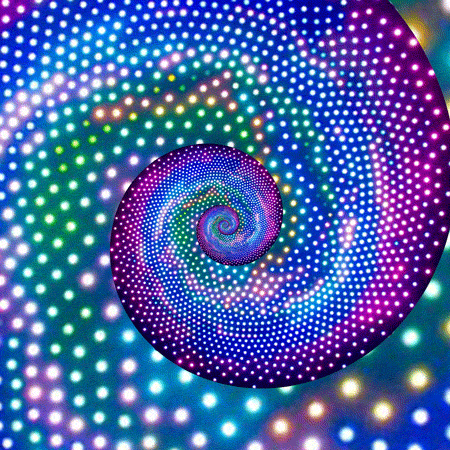What Fractals Tell Us About Infinity
- Brandon Pestano
- Jan 11, 2023
- 3 min read
Updated: Jan 17, 2023
It's often said that “no two snowflakes are ever the same”.
Fractals offer a fascinating explanation as to why nature works in this way, why nature continuously creates new self-replicating yet unique structures and how the smallest things in existence are necessary components of the greater whole.

So, what is a fractal? Technically, fractals are geometrical structures that have details at all scales of magnification. However, to understand them properly, you have to go back to the 19th Century and the chain of events that led to their discovery.Mathematicians of the time were attempting to define their understanding of what a curve is, and what they discovered is that there were objects that satisfy the definition of a curve, yet are so peculiar that they weren’t able to be visualised. They called these shapes "monsters".
In 1883 German mathematician Georg Cantor created the first of these monsters. He began with a straight line, split it into thirds, and erased the middle third, leaving him with two lines at each end, he then took those two lines, erased the middle third, and repeated this over and over again. It was presumed that after repeating this many times there would be nothing left, however to his amazement this wasn't the case. There weren’t just one or two lines remaining, there were an infinite amount of lines.

Another monster was discovered in 1904 by Swedish mathematician Helge von Koch. Koch took a standard equilateral triangle and added a new triangle on each one of its sides, then repeated this, and each time he did, the line grew longer. Now imagine doing that an infinite amount of times; what you would end up with is a shape that is infinitely long. The Koch curve was a paradox, to the eye it appears finite, but mathematically its infinite.
Fast forward to the 1980s, - and a mathematician named Benoit Mandelbrot who was working at IBM. Mandelbrot used the modern computing powers developed by the company to run these monster equations millions of times over. He then turned the numbers that the computer produced into points on a graph. Those images led him to a breakthrough idea combining the patterns found in the previous monsters, resulting in his own set of numbers. This became known as the Mandelbrot set, a geometrical visualisation of a fractal, that you can watch zooming into itself. One of the most amazing things about the Mandelbrot set is that theoretically, if left by itself for infinity, it would continue to create infinitely new patterns from the original structure, proving that something could be magnified forever.
It’s even believed by some that the universe itself may be a fractal. Imagine the entire universe as one object, and as you zoomed into that object you would discover it made up of billions of galaxies, inside those galaxies you would discover billions of solar systems, inside of those solar systems you would find billions of planets, on one of those planets you would find earth, inside of earth you would continents, cities and a human, inside of that human you would find a brain, inside the brain made of millions of cells you would find trillions of synapses firing away, inside of those cells you would find DNA, inside the DNA you would find atoms, inside the atoms you would find electrons, protons, and neutrons, and inside of those you would find quarks, neutrinos, and so on until the smallest known object: Planck Length, and then, just maybe, perhaps continuously deeper into infinity.
Fractal geometry is currently applied in many fields, for example, climate change, evolutionary biology, the trajectory of dangerous meteorites, producing visual effects in movies by repeating computer-generated graphic patterns, helping with cancer research in identifying the growth of mutated cells, and many other applications in technology such as the architecture of computer hardware, and beyond.
- ASTRAL MAGAZINE




